Ben’s New Zealand Permaculture Reconnaissance Trip
Traveling in New Zealand by bike over the past couple of weeks has been inspiring, surprising, and mind-stretching. The stories here are both new and old: one of the most recently settled places on earth — a land being colonized, a world rapidly changed, abundance and destruction in parallel.

As is always the case when traveling, my expectations, though I tried to have little, were blasted apart quickly. New Zealand — a land of such abundance is not the garden of eden. Of course, but what is it? A land rich in biomes — probably densest in land types of anywhere in the world: subtropical beaches to alpine zone in 50 miles, yet also a place of scarcity — especially on the waterfront. It's a land of rich climate possibilities, where one can grow apricot, apple, olive, pear, pomegranite, mulberry, avocado, cherry, lemon, paw paw, lime, peach, loquat, persimmon, guava, walnut, hazelnut, pecan, pitachio, monkey puzzle, plum, fijoa, blueberry, goose, currant, many others, kiwi, sepote, grape, grapefruit, oak, chestnut, almond all on the same site. It's a place badly over-sheeped with 50 million grazing very steep slopes that show signs of soil loss, erosion, and even slumping and minor land slides in all corners of the country. It's a place in drought that has the makings of desert. A place that could be more resilient than most of the world but one that is moving into a more brittle situation, largely due to its relationship with fresh water.
It's a place with great work being done by energized warm people - Sustainable Wanganui, Mark Christensen and the Central Tree Crops Research Trust, the Kohanga Foundation, Terraquaculture, Tui Community, the Quaker Society's headquarters in the southern hemisphere and many more. I've had the opportunity to visit with these people and their project sites, as well as others. Seen first hand some of the perennial and regenerative land and community work happening here. And like in the States - the most innovated and important deep solutions are springing up from below - indivuals and communities - small groups working hard and showing what's possible in terms of healthy people and land. It's not coming from the government that bends over backwards to promote the production of dairy for China - for which they turn millions of tons of water into milk, into powder, for export, each year. Irrigating pasture, shipping their water off and sending their last remaining soil into the sea. It's not from the top down, just like in the U.S. No one 'saving' this place from the goverment end, no best practices to protect the people and their land, just small groups envisioning a better way and making it happen on the ground.
